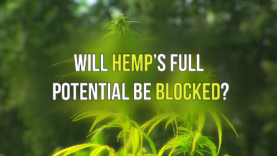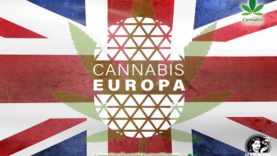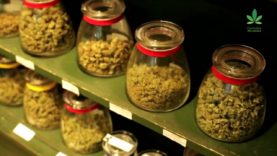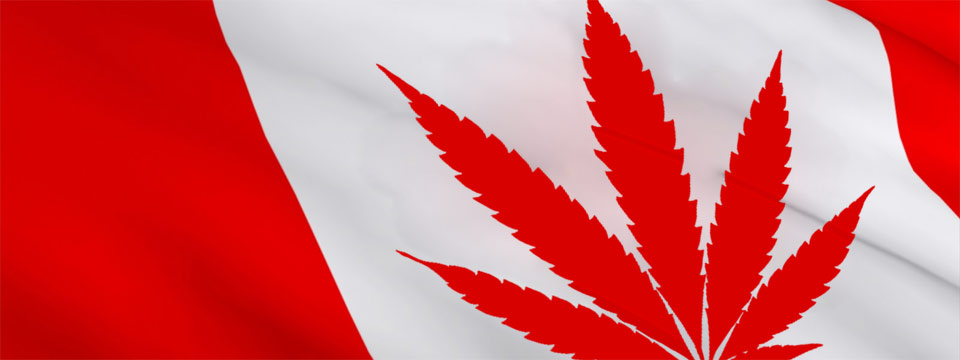
Legal Cannabis in Canada: Legalization 1.0?
October 17 2018 is a historic day, remembered as the day legalization of cannabis in Canada came into effect. And while the small South American country of Uruguay was the first country to legalize cannabis, Canada is the first western country and part of the G7, consisting of the 7 largest advanced economies in the world, to legalize cannabis on a national level.
Cannabis had been declared illegal since 1923 and it took 95 years, almost a century, to overturn this decision.
Medicinal cannabis in Canada
Earlier, Canada was one of the first countries together with the Netherlands to legalize cannabis on a national level for medicinal purposes. In 2001, the Marihuana Medical Access Regulations (MMAR) were enacted.
The legalization of medicinal cannabis serves as an important backbone to understanding the upcoming legalization of cannabis.
Unlike the various states in the United States which would follow soon after (California in fact legalized medicinal cannabis through the compassionate use act in 1996), Canada legalized medicinal cannabis on a national level from the start. Things changed however in 2013, as the MMAR was replaced by the Marihuana for Medical Purposes Regulations (MMPR), creating a commercial market for the production and distribution of medicinal cannabis.
This caused a stir in the cannabis community, as the previous system relied on home growing and caregivers. Already then, activists and patients could see ‘Big Cannabis’ coming, named after ‘Big Tobacco’ and ‘Big Pharma’.
And it did. The companies that stepped in flourished, even taking their company to the stock market where they are now trading as the ‘next big thing’, already being compared to the internet bubble from the early 2000’s.
Legal cannabis in Canada
These companies, also known as Licensed Producers (or simply LP’s), are now in full force; making the switch to also supply the recreational cannabis market. The medicinal cannabis market has allowed them to expand, experiment and even export their products to various countries including Brazil, Croatia, Germany and many more. This way, LP’s are miles ahead on a scale not seen anywhere else in the world.
In fact, in several provinces, they will be the sole supplies of cannabis. Unlike the medical cannabis law, how the provinces enact the recreational law has been left up to them to decide. Trina Fraser, a cannabis lawyer from Canada, has created a chart including a link to a PDF with hyperlinks to further understand these differences.
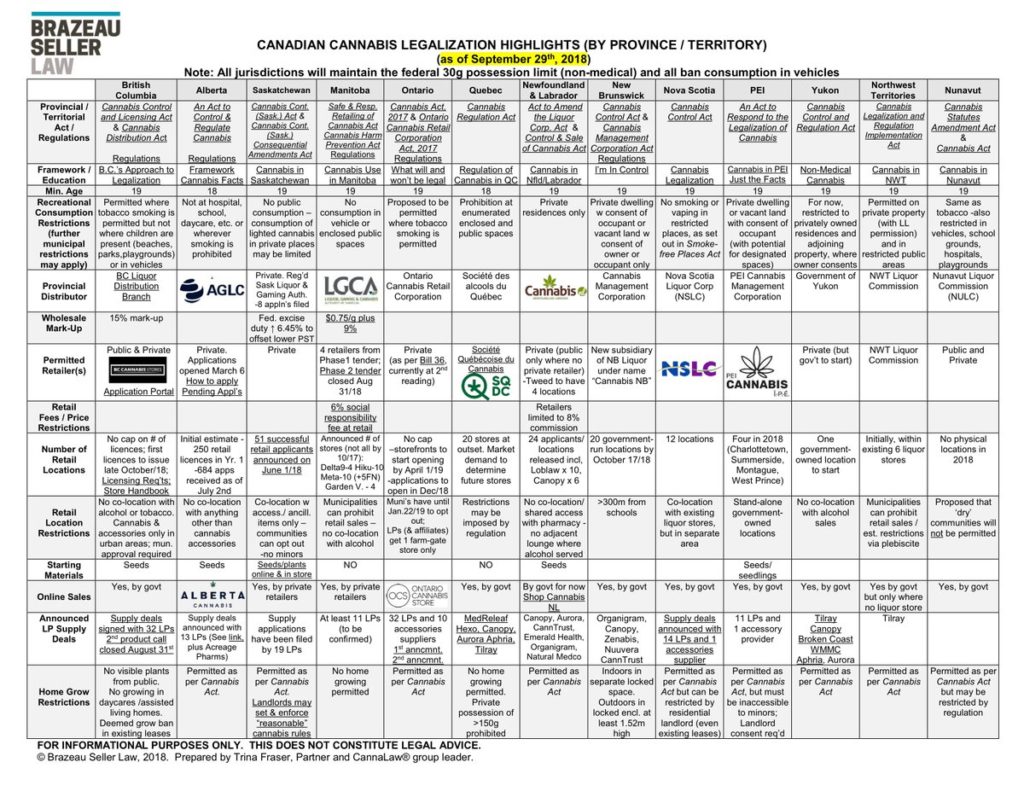
For further reading, also Leafly’s guide is recommended. Although should be mentioned that Leafly is part of a larger company which also owns Tilray, one of the largest medicinal cannabis producers in Canada.
Legalization 1.0
You could argue the legalization of cannabis in Canada is, in fact, legalization 1.0. Meaning, while we should celebrate a country like Canada legalizing cannabis, the law is certainly not perfect. It’s a start, however.
While some provinces will allow private dispensaries to also sell cannabis (like in Ontario, starting April 1st), several also allow home growing. Albeit very restricted and on a small scale.
How this plays out, we will see over the upcoming months and years as countries will be eyeing Canada as a country to follow. Hopefully, countries around the world will take a good look and see what works and what doesn’t, pushing forwards to legalization 2.0.
To learn more, watch our debate on international cannabis policy at Cannabis Liberation Day in Amsterdam earlier this year featuring Dana Larsen (CA):






